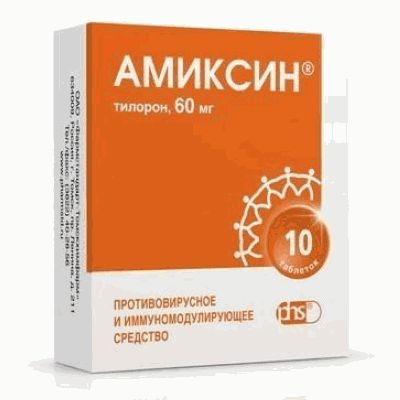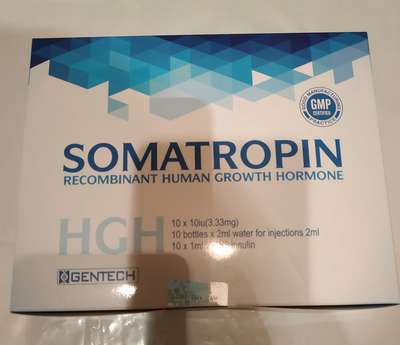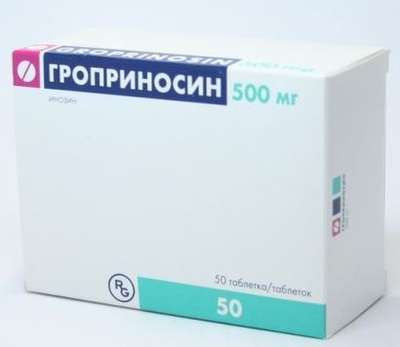Instruction for use: Sequifenadine
I want this, give me price
The Latin name of the substance Sequifenadine
Sequifenadinum (genus. Sequifenadini)
Chemical name
Alpha, alpha-Di-o-tolyl-3-quinuclidine methanol (as hydrochloride)
Gross formula
C22H27NO
Pharmacological group:
H1-Antihistamines
The nosological classification (ICD-10)
H10.1 Acute atopic conjunctivitis: Allergic conjunctivitis; Allergic eye diseases; Allergic conjunctivitis; Allergic conjunctivitis caused by chemical and physical factors; Allergic rhinoconjunctivitis; Allergic inflammation of the eyes; Spring Qatar; Spring keratitis; Spring conjunctivitis; Conjunctivitis allergic; Year-round allergic conjunctivitis; Exacerbation of pollinosis in the form of rhinoconjunctival syndrome; Acute allergic keratoconjunctivitis; Acute allergic conjunctivitis; Superficial bacterial infection of the eyes; Rhinoconjunctivitis; Seasonal allergic conjunctivitis; Seasonal conjunctivitis; SENSORY; Chronic allergic keratoconjunctivitis; Chronic allergic conjunctivitis
J30 Vasomotor and allergic rhinitis: Allergic rhinopathy; Allergic rhinosinusopathy; Allergic diseases of the upper respiratory tract; Allergic rhinitis; Allergic rhinitis seasonal; Vasomotor runny nose; Prolonged allergic rhinitis; All-year-round allergic rhinitis; All-year allergic rhinitis; Year-round or seasonal allergic rhinitis; All-the-year-round rhinitis of an allergic nature; Rhinitis vasomotor allergic; Exacerbation of pollinosis in the form of rhinoconjunctival syndrome; Acute allergic rhinitis; Edema of the nasal mucosa; Edema of the nasal mucosa; Edema of the mucous membrane of the nasal cavity; Swelling of the nasal mucosa; Swelling of the nasal mucosa; Pollinosis; Permanent allergic rhinitis; Rhinoconjunctivitis; Rhinosinusitis; Rhinosinusopathy; Seasonal allergic rhinitis; Seasonal allergic rhinitis; Hay rhinitis; Chronic allergic rhinitis; Allergic diseases of the respiratory tract
L20 Atopic dermatitis: Allergic diseases of the skin; Allergic skin disease noninfectious etiology; Allergic skin disease etiology nemikrobnoy; Allergic skin diseases; Allergic skin lesions; Allergic reactions on the skin; atopic dermatitis; Allergic dermatosis; Allergic diathesis; Allergic itching dermatosis; Allergic skin disease; Allergic skin irritation; allergic Dermatitis; atopic Dermatitis; allergic dermatoses; exudative diathesis; Itchy atopic eczema Itchy allergic dermatosis; Allergic skin disease; Cutaneous allergic reaction to drugs and chemicals; Cutaneous reactions to medications; Skin and allergic disease; Acute eczema; common neurodermatitis; Chronic atopic dermatitis; Exudative diathesis
L50 Urticaria: Idiopathic chronic urticarial; Injury Urticaria; Chronic urticarial; Hives of the newborn
T78.3 Angioedema: Edema Quincke; Laryngeal exacerbation with angioneurotic edema; Recurrent angioedema; Allergic edema; Recurrent swelling of Quincy
CAS Code
57734-69-7
Characteristics of the substance Sequifenadine
The quinuclidylcarbinol derivative. White or white with a slightly creamy hue, crystalline powder, odorless. Very little soluble in water, easily soluble in methanol, hardly soluble in ethanol, little - in chloroform.
Pharmacology
Pharmacological action - anti-allergic, antihistamine.
It is an antagonist of H1-histamine receptors, blocks serotonin 5-HT1 receptors, thus weakening the action of mediators of allergy-histamine and serotonin. Seifenadine prevents or weakens the spasmogenic effect of histamine and serotonin on the smooth muscles of the bronchi, intestines and vessels, intoxication caused by histamine and serotonin, impaired capillary permeability, and development of edema.
Has a pronounced antipruritic and antiexudative action of a prolonged nature. Affects the immunological reactivity of the organism, reducing the number of antibody and rosette-forming cells in the spleen, bone marrow, lymph nodes, and also reduces the increased concentration of immunoglobulins of classes A and G.
Quickly absorbed from the digestive tract. Cmax in blood plasma is achieved in 1-2 hours Accumulated mainly in the lungs, the liver, in an insignificant amount penetrates through the BBB. Metabolized by oxidation, forming a pharmacologically inactive metabolite. After taking a single dose of 50 mg of T1 / 2 from the plasma is 12 hours, after repeated doses of T1 / 2 is shortened to 5-8 hours. It is excreted with bile (50% of the dose), more than 20% - with urine. About 30% of the dose is excreted unchanged, 40-50% - in the form of metabolites.
Application of the substance Sequifenadine
Allergic rhinitis and conjunctivitis, hay fever, urticaria, Quincke's edema, allergic itching dermatoses, incl. atopic dermatitis.
Contraindications
Hypersensitivity, bronchial asthma, simultaneous administration of MAO inhibitors, pregnancy, lactation.
Restrictions
Impaired renal and / or liver function, age is 18 years and older than 70 years (there are no clinical studies on the use of drugs in these age groups).
Application in pregnancy and lactation
Contraindicated in pregnancy. For the duration of treatment, breastfeeding should be stopped.
Side effects of the substance Sequifenadine
Dry mouth, dyspeptic phenomena, increased appetite, gastralgia. Rarely - leukopenia, menstrual irregularity, frequency of urination, headache, drowsiness. When taking high doses, excitement, insomnia are more common.
Overdose
Symptoms: dry mucous membranes, headache, vomiting, abdominal pain.
Treatment: symptomatic therapy. The antidote is unknown.
Routes of administration
Inside.
Precautions for the substance Sequifenadine
Do not use during work drivers of vehicles and people whose profession is associated with increased concentration of attention.

 Cart
Cart





